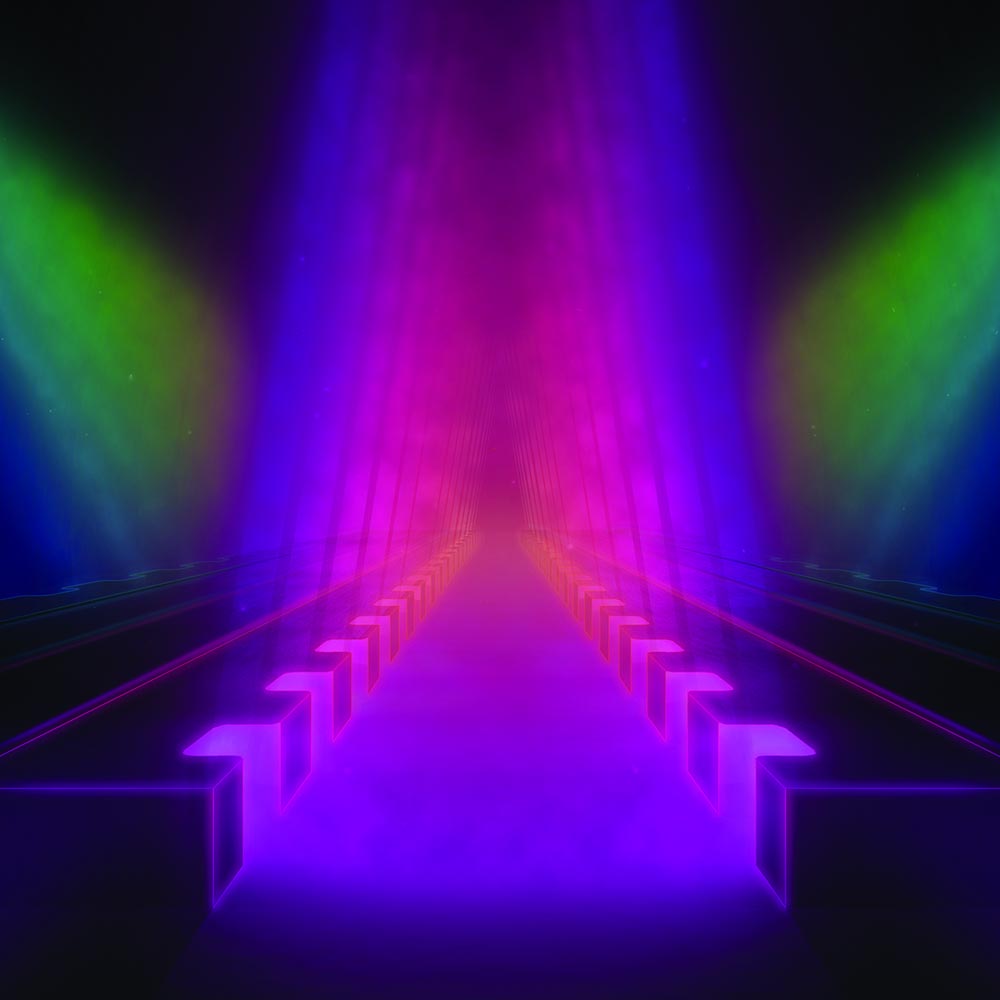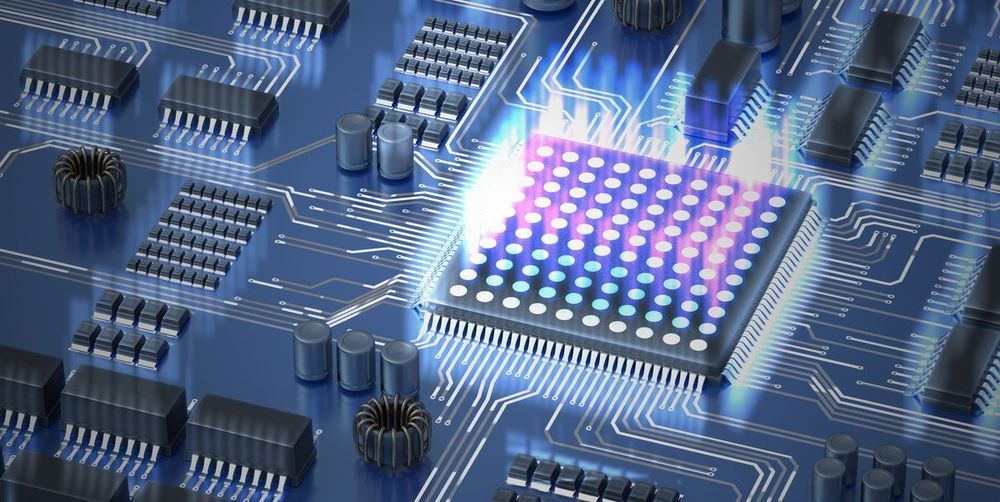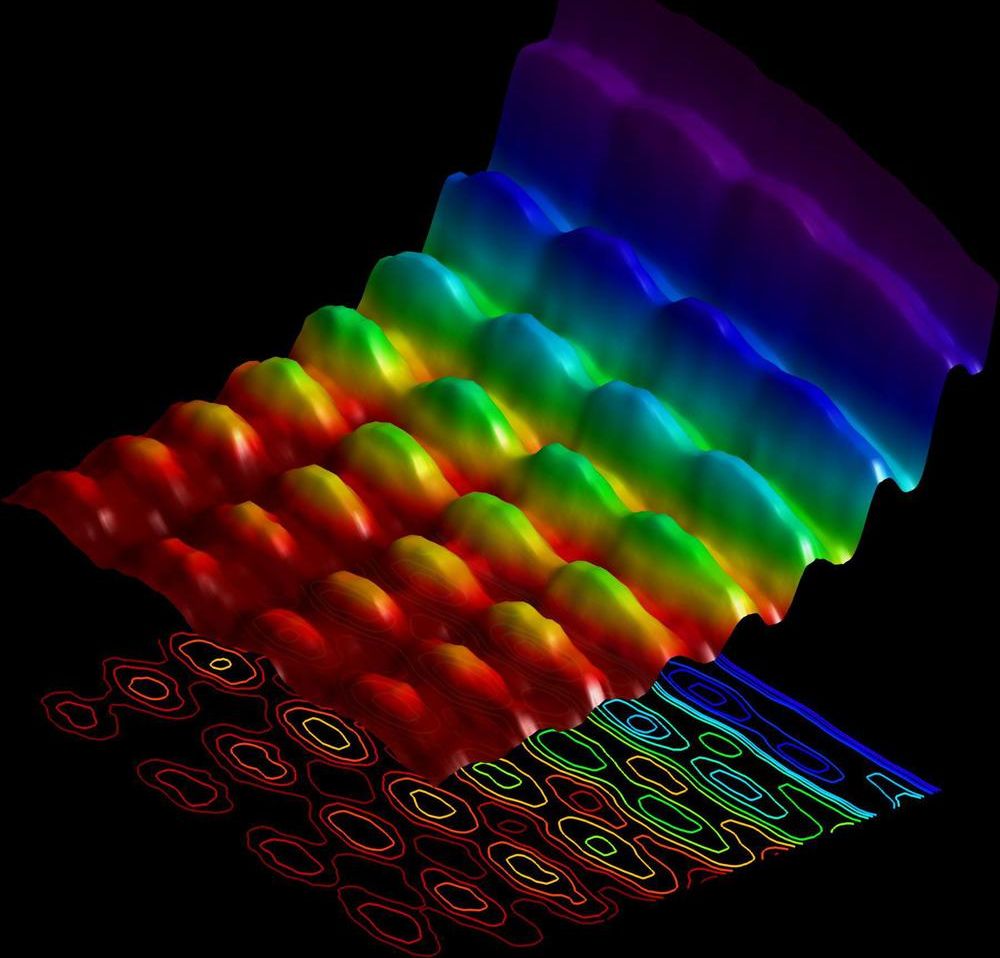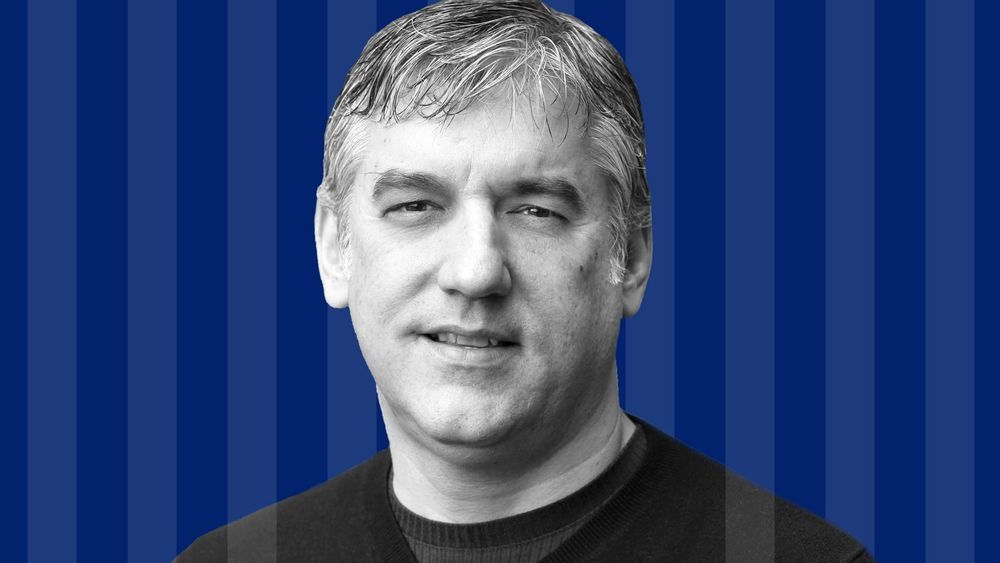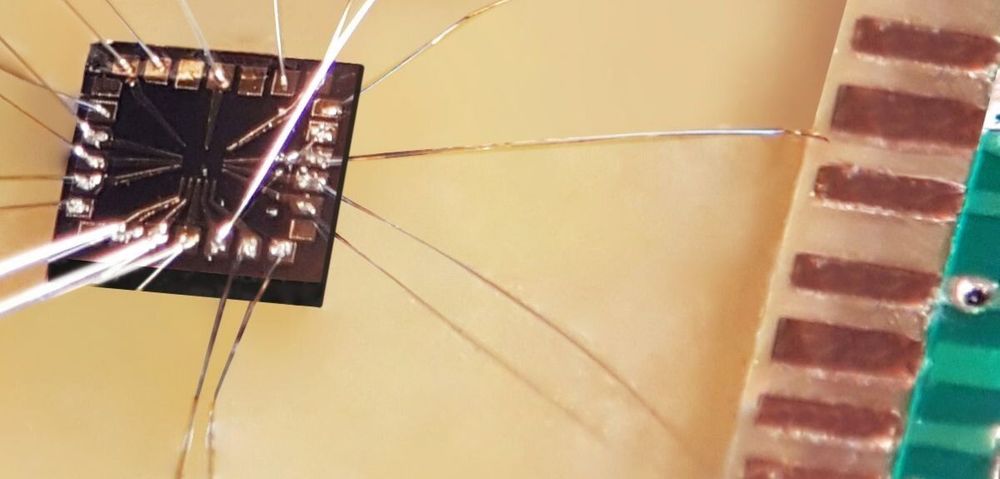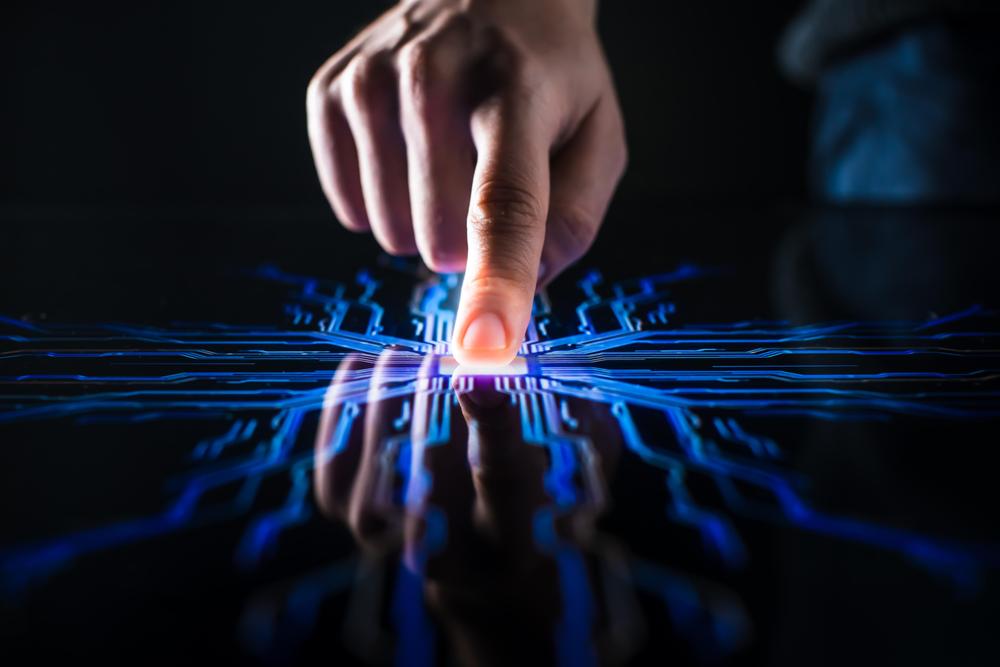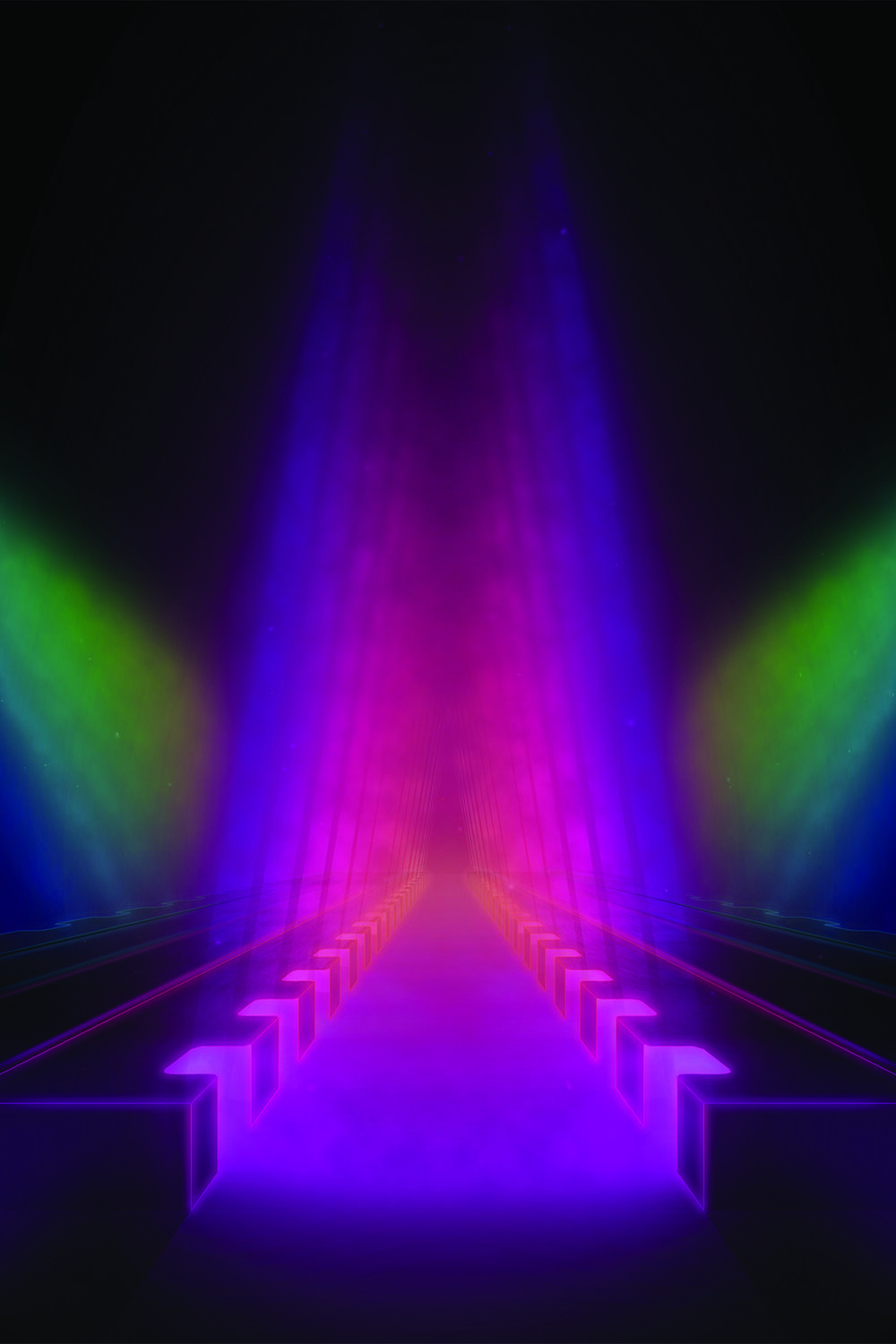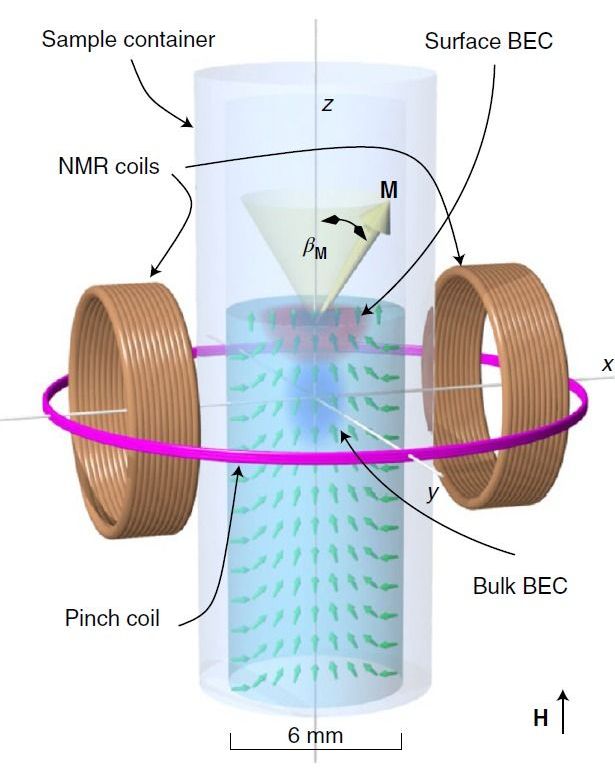Controlling temperature is crucial for the functioning of electronic devices. It’s even more so for highly complex quantum computers that rely on the ability to control quantum bits (also called qubits) in order to achieve processing capabilities far above the most powerful classical computer.
For a quantum computer to maintain its prowess, it must be cooled to a temperature close to absolute zero (−273.15oC) to keep the qubits in a state of coherence. However, keeping a quantum computer’s core temperature near absolute zero is not a simple feat and poses a major roadblock to the advancement of quantum computing. Often quantum computer producers keep the machines cool by using liquid helium as a refrigerant delivered in multiple stages. Nonetheless, this system is cumbersome and elaborate, and is not user-friendly.

